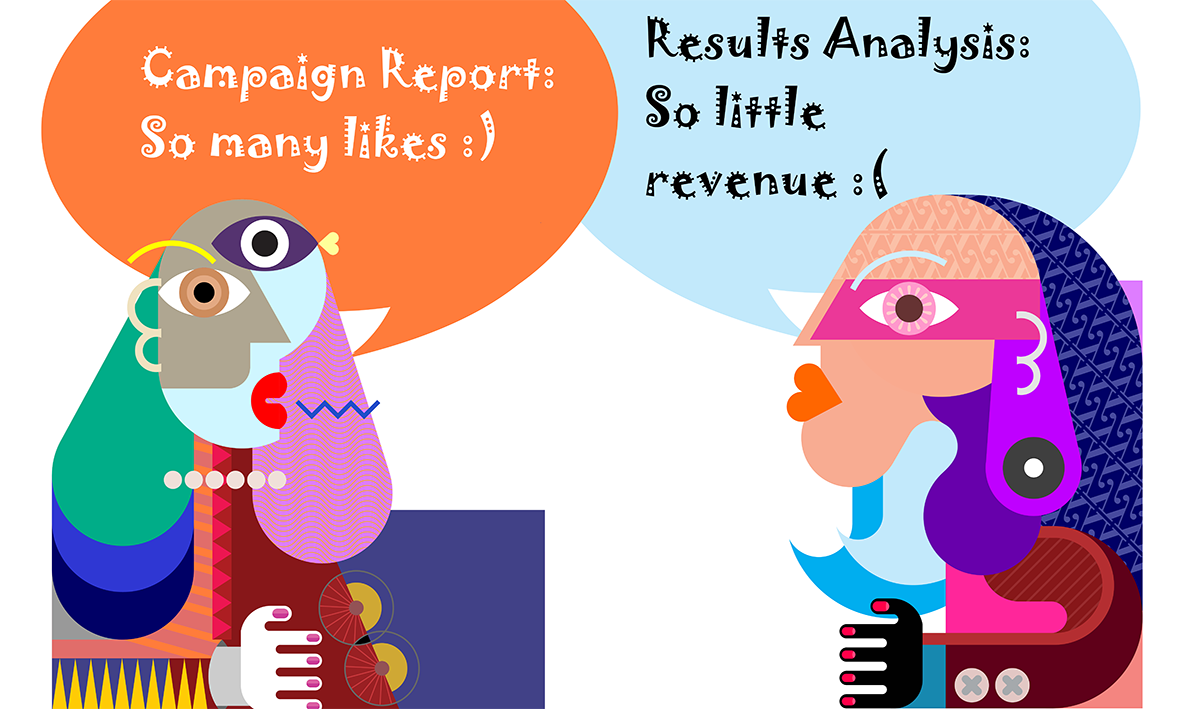What they are, what they are not, and how to use them.
1. Marketing Plan
Most people think they have one when they have a…marketing calendar or roadmap.
How they’re different:
- A calendar or roadmap tells you what you’re doing and when you’re doing it.
- A marketing plan explains
- Who you’ll reach
- Why those strategies and tactics were chosen
- How you’ll get it done
- How you’ll measure success
The marketing plan usually includes a calendar or roadmap, too, so you still get the what and when. (Although it will likely be generated after the plan is approved, rather than part of the initial draft.) But because there’s so much more thought put into the marketing plan on the front end, and because the plan includes details about how to achieve goals, it’s a lot easier to execute on a marketing plan than just on a calendar or roadmap.
Typical exchange heard in a meeting where marketing is guided by a calendar or roadmap:
“Why are we doing an email blast to this audience?”
“Because it’s on the roadmap for this quarter and I don’t want Management to ask why it wasn’t done.”
Typical exchange heard in a meeting where marketing is guided by a marketing plan:
“Why are we doing an email blast to this audience?”
“It’s a prime target for the new product, the new product website content is live, and the sales department is ready to schedule demos. This email blast, plus the online marketing, will generate leads for the sales team.”
How to tell the difference:
- A roadmap or calendar looks like a spreadsheet or graph, and you can pull one together in a couple of hours.
- A marketing plan has a lot of words, and it takes several weeks of effort to create.
But wait, you cry! What about one-page marketing templates? They’re awesome! You fill in boxes with bullet points! You’re done in a day! They “force you to concentrate on the things that are important!” The business blogosphere is just drooling over one-page marketing plans!
One-page marketing plans are roadmaps by a different name. They’re lovely illusions, but not useful, because they don’t have any mechanisms for execution. It’s still just what and when, without the why or the how.
2. Creative Brief
Most people think they have one when they have a…style guide.
How a they’re different:
- A style guide is a handbook of all of your branding colors, fonts, rules for logo usage, and copy tone.
- A style guide is used without alteration for all of an organization’s projects.
- The purpose of a style guide is to assure a consistent look, feel, and tone across all marketing efforts and vendors.
- A style guide only changes when
- There’s a rebranding effort
- You need to expand it — for example, to include additional colors for a website, or to add new logos for individual product lines.
- A creative brief includes short descriptions of your objectives, business problem to be solved, target audience, your positioning, key messages, and competitor information.
- An organization can create a new brief for each project, or, more typically, use a master creative brief for the company and adapt the details to projects. Project creative briefs also include deadlines, media to be used, and a list of “deliverables” — the marketing “stuff” that will be created as part of the project (video, social media ads, web content, case study, email, brochure, direct mail package, etc.).
- The purpose of a creative brief is to keep everyone laser-focused on meeting specific objectives, and makes sure that messaging stays on track.
Typical exchange heard in a meeting where there’s a style guide, but no creative brief:
“We just got an invitation to sponsor a charity event from XYZ organization. We get a banner, and it’s not expensive. Should we do it?”
“If they can they make the banner in PMS 281 blue and include our logo, sure.”
Typical exchange heard in a meeting where there’s a creative brief:
“We just got an invitation to sponsor a charity event from XYZ organization. We get a banner, and it’s not expensive. Should we do it?”
“It’s not our target market, and the organization’s messaging is at odds with ours. Let’s spend that budget on something that’s more in line with our goals.”3. Creative Rationale
Most people think they have a creative rationale when they have a…. Never mind. most people have never heard of a creative rationale.
What it is:
A creative rationale is a short document that explains how a concept or design meets the objectives of a creative brief. If you hire an ad agency to develop three concepts for your marketing campaign, and if the agency is any good, all the concepts will meet the objectives, requirements, and constraints of the creative brief — but they’ll still be different. The agency might come back with one that’s a baseball theme, one that’s based on customer anecdotes, and one that’s an extension of your current campaign.
In the creative rationale, the creative team will write a couple of paragraphs about how each of the concepts achieves your objectives, and/or how they came to that concept from the brief. One might better express your evolving brand personality. One might appeal to one target audience more than another, one might be better at leaning in to a long-term company goal, one might be more economical to produce because it uses existing creative assets (images and text that have already been developed). Understanding that thought process helps you, the client, make a more informed choice than, “I like the red one.”
These days, the rationales may be delivered orally in a presentation, rather than written down, but there are two good reasons why you might want a written copy:
- If you’re not making the decision right away in the meeting.
- If you have to sell it up the chain. After seeing the work and hearing the presentation, you might be convinced that the green one is the perfect way to meet your marketing objectives. But without a rationale, you might find it difficult to remember or explain all of the reasons why, and don’t have a good argument when your boss prefers the yellow one.
Typical exchange without a creative rationale:
You: “I recommend the green one.
Your boss: “I like the yellow one.”
You: “The green one will better meet our needs because…um…?”
Your boss: “The yellow one.”
You: “Got it.”
Typical exchange with a creative rationale:
You: “I recommend the green one.
Your boss: “I like the yellow one.”
You: “The green one will better meet our needs. It has more appeal to our primary target audience. And we’ll save money because we can use the graphics for next quarter’s ad campaign. I have the rationale here if you’d like to think about it.”
Your boss: “I trust you. Go with the green one. But ask them if they can make it yellow.”
You: “Got it.”
People who have to write them often grumble about creative rationales. But we’re always glad that we did it, because a client who has better information makes better decisions.
4. Results analysis
Most people think they have one when they have a…campaign report.
How they’re different:
- A campaign report is raw data, often generated by whatever platform you used for the ads (a social media campaign control panel, your email application, etc.). You get it by pressing the button called, “export.”
- Sometimes a campaign report includes financial data, like how much you spent for search ads, cost per click, etc.. That’s helpful, but by itself is not enough to calculate ROI (return on investment).
- Results analysis explains what you learn from the data. It starts with the campaign report, but it takes a human being to review it, collect and compare it to sales data, and draw conclusions that your team can use to make informed decisions. A good results analysis will also draw a more complete picture of ROI. True ROI is not just the amount spent on an ad platform, but also the creative, fulfillment, and management costs of the campaign, and a more nuanced analysis of response. For example, a campaign report of a test might show you that List A got more raw responses than List B. But a results analysis might reveal that List B had higher conversions and generated more revenue per order. If you were only looking at the campaign report, you’d draw an incorrect conclusion from your test, and move forward on roll-out with the wrong list.
Typical exchange with just a campaign report:
“Our social media campaign shows that engagement with our meme-based posts is up 300% on a monthly budget of $450. Our weekly live video is exhausting to produce, but the report shows that it’s very popular with some audiences.”
“Traffic in our stores looks flat, though. Is it doing any good?”
“Our social media guru says we have to be patient.”
“300% increase sounds pretty good. Keep going, I guess.”
Typical exchange with a results analysis:
“Our social media campaign shows that engagement with our meme-based posts is up 300%, but only 5% of that audience is within driving distance of our stores, and none of it has generated revenue. Our weekly live video is very popular, but the viewers are mostly at the other end of the country. I think we should divert that budget and effort to targeted local social ads, instead.”
“Agreed. And do another results analysis in 60 days.”







Thanks for finally writing about > Marketing Plan, Creative Brief, Rationale, Results Analysis:
– Marketing For The 21st Century < Loved it!